1728 Out of the labyrinth
Ariadne Then and Now: The Labyrinth and the End of Times (third edition)
by Carol Matthews
Seattle and elsewhere: NeoPoiesis Press, 2022
$21.95 ($16.95 (U.S.) / 9798985833607
Reviewed by Lenore Rowntree
*
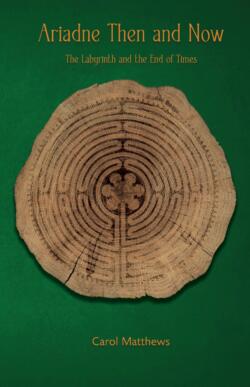 A modern labyrinth in the classical Cretan-style with the addition of Chartres-style double-ax shapes at the turning points. A stone construction labyrinth surrounded by skyscrapers in downtown Toronto, yet in an oasis nestled beside The Church of the Holy Trinity. A delightful Cretan labyrinth in a botanical garden constructed of turf and wildflowers, bordered by evergreens and lavender, and with a Minotaur sculpture at the entrance holding a small blue hare.
A modern labyrinth in the classical Cretan-style with the addition of Chartres-style double-ax shapes at the turning points. A stone construction labyrinth surrounded by skyscrapers in downtown Toronto, yet in an oasis nestled beside The Church of the Holy Trinity. A delightful Cretan labyrinth in a botanical garden constructed of turf and wildflowers, bordered by evergreens and lavender, and with a Minotaur sculpture at the entrance holding a small blue hare.
“‘What’s the Minotaur going to do with that rabbit?’ Charlotte asks with an expression of deep distrust.” Charlotte is writer Carol Matthews’ granddaughter. Carol is on a quest to discover how to age and die successfully. Having youth along on some of her labyrinth walks provides a good counterpoint.
The labyrinths themselves are an armature for the meditative journey Carol takes us on in her exploration. She overlays her search with exchanges she has with both mythical and real people. The end result is an intelligent mix of the mythological, psychological, spiritual and physical aspects of aging.
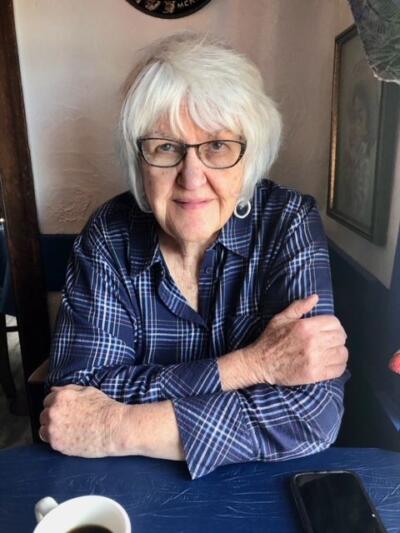
The mythological Cretan princess, Ariadne, is brought to life as Carol’s consultant on the “beyond” through a sustained imagined conversation. Ariadne is the keeper of the Minotaur, the half-man, half-bull monster that lives at the centre of the labyrinth. Ariadne falls in love with Theseus when he volunteers to slay the Minotaur, to stop the Minotaur from regularly sacrificing the young maidens and men that are led to him. She provides Theseus with a golden thread that leads him safely out of the labyrinth after his task is complete.
By using aspects of the myth, Carol imparts to readers an appreciation of the meaning of the centre point of the labyrinth. Therein lies the monster to be confronted within each of us — a place of mystery to stop and meditate on change that is needed.
On the psychological side, Carol, whose quest is intensified after a breast cancer diagnosis, looks to Carl Jung’s seven tasks for successful aging:
Task No. 1: Facing the Reality of Aging and Dying
Task No. 2: Conducting a Life Review
Task No. 3: Defining Life Realistically
Task No. 4: Letting Go of the Ego
Task No. 5: Finding a New Rooting in the Self
Task No. 6: Determining the Meaning of One’s Life
Task No. 7: Rebirth — Dying with Life
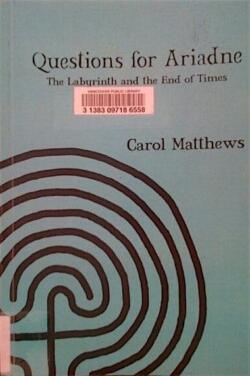
Tasks two to six are ably examined in the book. Curiously, Carol appears to dismiss the first and last tasks. “Task No. 7 seems to be a deathbed operation and the first task is unavoidable.” At first blush, those of us who have difficulty in facing the reality of aging and dying are envious that Carol can take this task as a given and seemingly move on. Yet, really she does not. She admits: “I’m ready to face the reality of aging, but I have yet to find comfort in the fact. … It’s not that I’m afraid of death … I don’t even mind being there when it happens. It’s the possibility of being incapacitated that terrifies me.” Although not framed as analysis, significant parts of this book look at the first task of facing the reality of aging and death.
The real people in Carol’s life that she relies on for support are her friend Rose, who is dying of cancer, and her beloved husband Mike.
“I feel Rose is helping me to ready myself to meet the Minotaur, that deathly spectre at the centre.” Rose exhibits great grace in dying. She tells Carol her theory of the three levels of love. “The first is when you take intense delight in the very existence of the person … The second is when that person makes you happy. … The third type of love is what most people have after a long marriage, and it’s simply a residue of what was once there. Merely memories.” Rose and Carol acknowledge that the second and third levels are not always achieved, but agree the first “pleasure in the other’s existence” is the most important.
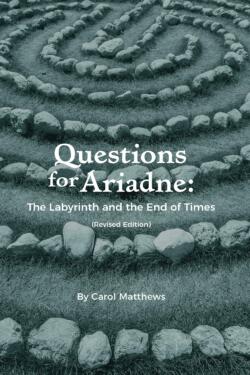
Mike is the realist on the scene. He enjoys walking the labyrinths, but is less interested in the mythological aspects. Instead, he admires the form of the structure and the craftsmanship. He also provides touches of humour in the book. One New Year’s Eve, Carol and Mike attend an end-of-year labyrinth walk. A young woman plays haunting music on an oboe. The rosette at the centre is full of people standing or sitting in the lotus position, some with their arms raised. A woman dressed in layers of gypsy-like robes carries a basket. Mike says as soon as he entered the labyrinth he wanted to shout, “OK, that’s enough of the yoga and crap. I’ll give you two minutes and then out! And the zombies and brain-deads, I want you out too.”
Although it is not explicitly stated, Mike is important in helping Carol address Jung’s seventh task (dying with life). In the final chapter Dispatches From Lockdown Labyrinths, Carol, who has had success with her cancer at this point, converses less with Ariadne and more with Mike, who has sadly passed on. She asks him “what’s it like wherever you are?” and “do you still exist?” He answers, “We’re all here! In the end, all the light-up bugs arrive here.”
The light-up bugs are from a poem Carol found in Mike’s journal:
No brain at all. What a fright!
All my light-up bugs have missed their flight.
Walking darkly into dreadful night
for I’ve no brain at all.
After quoting the poem, Carol writes that for the year 2020, she chooses the word “Reality” as her key word for the upcoming year.
Carol looks, too, to Emily Carr’s writing in the last chapter for an understanding of the relationship with the beyond. She quotes from Emily’s journal writing about trees. “They are a refuge for myriads of living things. As the breezes blow among them, they quiver, yet how still they stand developing with the universe.” Carol writes of herself standing in the old growth trees at Merve Wilkinson’s Wildwood Ecoforest near Ladysmith, “I feel that with them I am, in Carr’s words, developing with the universe.” Carol is finding aspects of “dying with life” in Jung’s final task.
In the end, it is up to each of us to find our own golden thread out of the labyrinth and to confront Jung’s seven tasks in whatever way makes sense for our Minotaur within. But it makes the journey so much more interesting when you can share it with someone like Carol who writes with such expressive and personal prose.
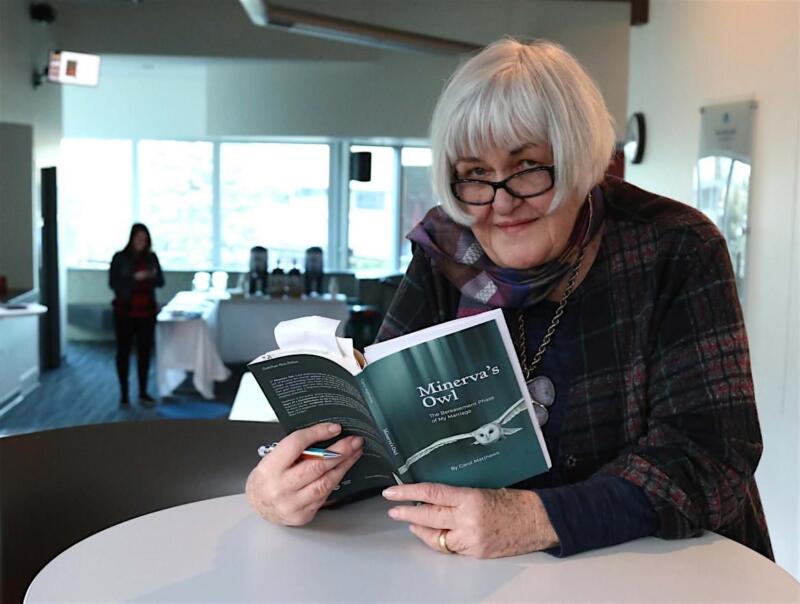
*
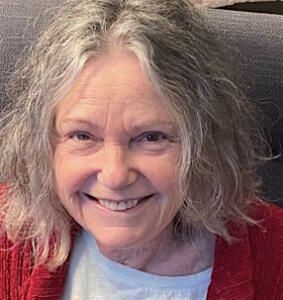
Lenore Rowntree‘s latest book is the linked story collection See You Later Maybe Never (Now or Never Publishing 2022). Her works also include Cluck, a novel (Thistledown, 2016) and the anthology Hidden Lives: true stories from people who live with mental illness (TouchWood Editions, 2017). Her plays have been produced in Vancouver and on the Sunshine Coast. She is one of the founders of Fig:ment Magazine, a literary and arts magazine about mental health. She is currently working on a memoir about growing up with a sister who lives with complex mental health issues. Lenore resides in Vancouver and Gibsons, BC.
*
The British Columbia Review
Publisher and Editor: Richard Mackie
Formerly The Ormsby Review, The British Columbia Review is an on-line book review and journal service for BC writers and readers. The Advisory Board consists of Jean Barman, Wade Davis, Robin Fisher, Barry Gough, Hugh Johnston, Kathy Mezei, Patricia Roy, Maria Tippett, and Graeme Wynn. Provincial Government Patron (since September 2018): Creative BC. Honorary Patron: Yosef Wosk. Scholarly Patron: SFU Graduate Liberal Studies.
“Only connect.” – E.M. Forster
2 comments on “1728 Out of the labyrinth”
Great review of a good book!